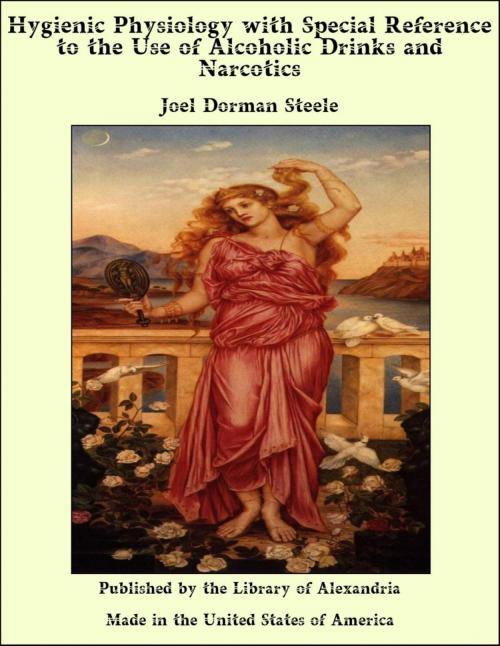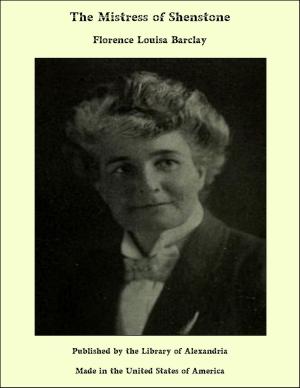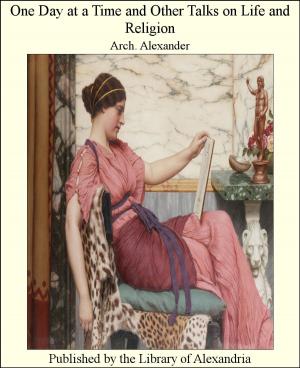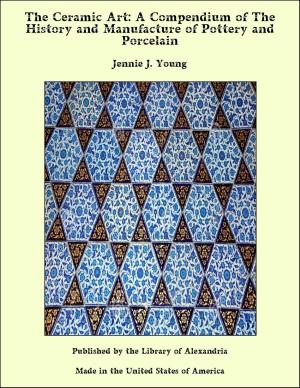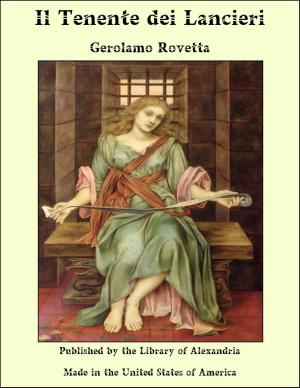Hygienic Physiology with Special Reference to the Use of Alcoholic Drinks and Narcotics
Nonfiction, Religion & Spirituality, New Age, History, Fiction & Literature| Author: | Joel Dorman Steele | ISBN: | 9781465584878 |
| Publisher: | Library of Alexandria | Publication: | March 8, 2015 |
| Imprint: | Language: | English |
| Author: | Joel Dorman Steele |
| ISBN: | 9781465584878 |
| Publisher: | Library of Alexandria |
| Publication: | March 8, 2015 |
| Imprint: | |
| Language: | English |
The term Physiology, or the science of the functions of the body, has come to include Anatomy, or the science of its structure, and Hygiene, or the laws of health; the one being essential to the proper understanding of physiology, and the other being its practical application to life. The three are intimately blended, and in treating of the different subjects the author has drawn no line of distinction where nature has made none. This work is not prepared for the use of medical students, but for the instruction of youth in the principles which underlie the preservation of health and the formation of correct physical habits. All else is made subservient to this practical knowledge. A simple scientific dress is used which, while conducing to clearness, also gratifies that general desire of children to know something of the nomenclature of any study they pursue. To the description of each organ is appended an account of its most common diseases, accidents, etc., and, when practicable, their mode of treatment. A pupil may thus learn, for example, the cause and cure of "a cold," the management of a wound, or the nature of an inflammation. The Practical Questions, which have been a prominent feature in other books of the series, will be found, it is hoped, equally useful in this work. Directions for preparing simple microscopic objects, and illustrations of the different organs, are given under each subject.
The term Physiology, or the science of the functions of the body, has come to include Anatomy, or the science of its structure, and Hygiene, or the laws of health; the one being essential to the proper understanding of physiology, and the other being its practical application to life. The three are intimately blended, and in treating of the different subjects the author has drawn no line of distinction where nature has made none. This work is not prepared for the use of medical students, but for the instruction of youth in the principles which underlie the preservation of health and the formation of correct physical habits. All else is made subservient to this practical knowledge. A simple scientific dress is used which, while conducing to clearness, also gratifies that general desire of children to know something of the nomenclature of any study they pursue. To the description of each organ is appended an account of its most common diseases, accidents, etc., and, when practicable, their mode of treatment. A pupil may thus learn, for example, the cause and cure of "a cold," the management of a wound, or the nature of an inflammation. The Practical Questions, which have been a prominent feature in other books of the series, will be found, it is hoped, equally useful in this work. Directions for preparing simple microscopic objects, and illustrations of the different organs, are given under each subject.
